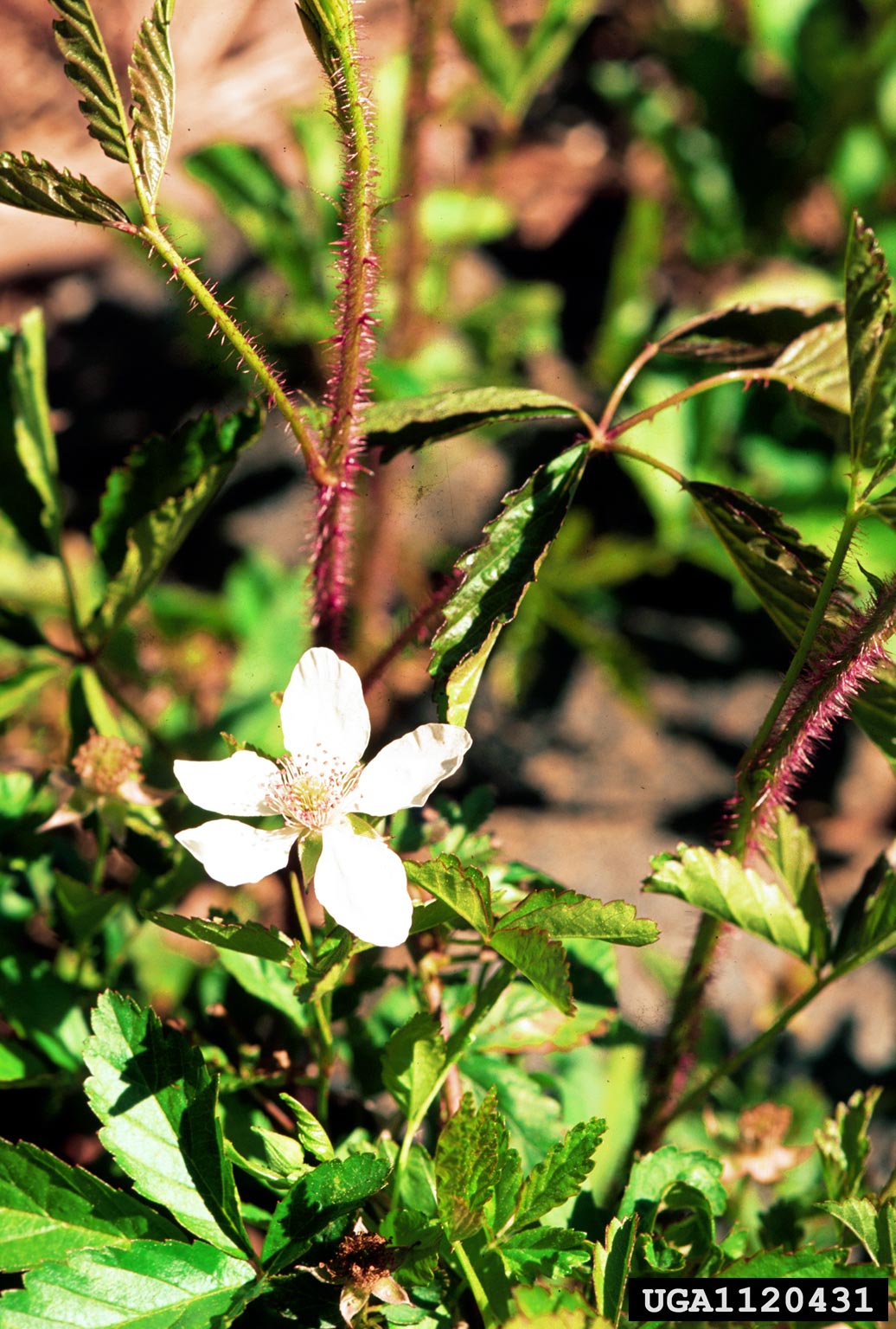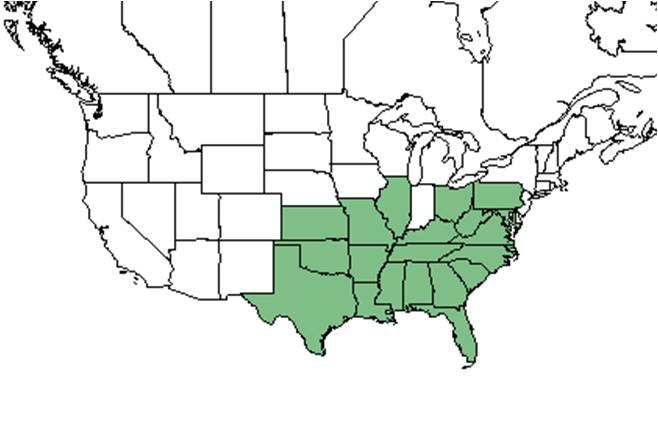Difference between revisions of "Rubus trivialis"
(→Conservation and Management) |
|||
| Line 41: | Line 41: | ||
<!--===Use by animals===--> <!--Herbivory, granivory, insect hosting, etc.--> | <!--===Use by animals===--> <!--Herbivory, granivory, insect hosting, etc.--> | ||
<!--===Diseases and parasites===--> | <!--===Diseases and parasites===--> | ||
| − | ==Conservation and | + | ==Conservation and management== |
| + | |||
==Cultivation and restoration== | ==Cultivation and restoration== | ||
==Photo Gallery== | ==Photo Gallery== | ||
Revision as of 19:00, 6 July 2016
| Rubus trivialis | |
|---|---|

| |
| Photo by James H. Miller & Ted Bodner, Southern Weed Science Society, Bugwood.org | |
| Scientific classification | |
| Kingdom: | Plantae |
| Division: | Magnoliophyta - Flowering plants |
| Class: | Magnoliopsida – Dicotyledons |
| Order: | Rosales |
| Family: | Rosaceae |
| Genus: | Rubus |
| Species: | R. trivialis |
| Binomial name | |
| Rubus trivialis Michx. | |

| |
| Natural range of Rubus trivialis from USDA NRCS Plants Database. | |
Common name: Southern dewberry
Contents
Taxonomic notes
Synonym: Rubus lucidus Rydberg
Description
A description of Rubus trivialis is provided in The Flora of North America.
Distribution
Ecology
Seed dispersal
According to Kay Kirkman, a plant ecologist, this species disperses by being consumed by vertebrates (being assumed). [1]
Pollination
The following Hymenoptera families and species were observed visiting flowers of Rubus trivialis at Archbold Biological Station (Deyrup 2015):
Halictidae: Lasioglossum placidensis, L. puteulanum
Conservation and management
Cultivation and restoration
Photo Gallery
References and notes
Deyrup, M.A. and N.D. 2015. Database of observations of Hymenoptera visitations to flowers of plants on Archbold Biological Station, Florida, USA.
- ↑ Kay Kirkman, unpublished data, 2015.